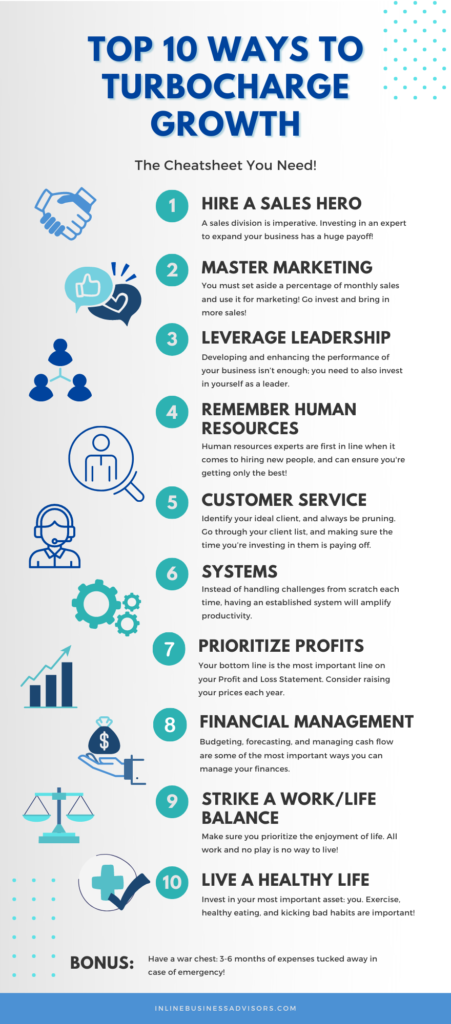“The customer is always right” is perhaps the most-used and followed quote in any retail industry, especially in sales and marketing. It is believed that legendary retail magnate, Harry Gordon Selfridge, coined the phrase just to educate his team to empathize with the customers. Back then, there was no social media or website for customers to convey their complaints so they had to connect directly with the sales or support team to address any problem.
In this digital age, this quote doesn’t fit the operational strategy of any business. Social media has made communication a two-way street. When a misinformed customer defames your brand publicly, they’re not right. Identifying the ideal client is more crucial than simply finding customers for your business.
Before exploring high-value customer acquisition, let’s briefly examine the importance of finding the right customers.
Customers or clients are the end users of the product or services you offer. They pay for it and expect a kind of satisfaction to justify that payment. It is because of customers that a business exists. To sell your products or services, you need customers or clients to buy them. To boost sales, rely on word-of-mouth promotion from customers who refer friends and family. Building brand value and credibility requires showcasing an impressive company track record. So finding high-value customers, or to be precise, finding the right customer, is crucial to the growth of any business.
How to find customers for a business?
The question that most companies or brands in the retail or service industry are trying to seek new answers to is probably how to find business clients, or how to find the right customers for their business. Here are a few tips to help you identify your target customer or business client.
Identify your strength
Your brand should address a market need or offer an improved solution compared to existing alternatives, for products or services. Find out where your product or service stands out. Consider factors like delivery timeframe, product quality, customer support, or innovative technology used in your product/service. This can help you stand out among your target customers.
Find the customer’s pain point
Study the pain point of customers or clients within your niche industry and market. Try to find out what they want in a product or service. If it is exactly what your product or service stands out for, then congratulations! You have discovered your target customer range.
Set expectations for customers
Create a brand message conveying that your product or service can fulfill customers’ expectations. The first thing any customer or client wants to know is what they are paying for. People who get a valid answer to this question from you are your customers.
Hire a team to convey your brand message
The final step in finding customers is making them aware of your presence in the market. Hire a talented team to get the word out through social media, emails, text messages, or even personal calls. The answer to where to find customers for your business will be “everywhere”. Customers can be worldwide; social media connects people globally, making borders irrelevant. So go and find your customer who will happily pay to consume your product or service.

How to identify the best customers for your business?
Knowing how to find customers for business, differentiate valuable ones from time-wasters. Recognize red and green flags to identify the ideal client for your business.
How to find customers for business – red flags
As we mentioned earlier, the “customer is always right” mindset is not a feasible approach or principle in today’s market. Not everyone who can or is ready to pay for your products or services is eligible to be your client or customer. Here are a few ways to identify the red flags if you want your business to grow.
Study customer behavior
Customers may have unattainable expectations, which is normal. Unsatisfied customers may switch brands or stay to complain without adding value. The latter doesn’t help your business. For instance, a customer purchased a wardrobe from you but a week later, demanded 100 percent cash back because the furniture did not complement the décor or is not spacious enough to meet the need.
Wasn’t this the customer’s responsibility to choose the right product? And what if the customer wants to keep the product for free since many sellers don’t request the return because the logistic expenses of the return might exceed the product price? Adopt a clear “no return” policy because complaints from these customers will never end.
Set perspectives for the team
Perspective is the culture, mission, and goal of your company that employees should never sacrifice to satisfy a customer. If your company has a certain policy or uses a particular technology to manufacture products, and the customer wants to change it or feels it is not worth the price, then it’s time to step back. Train your team to be polite with the customers but also teach them where to draw the line. In seeking how to find customers for a business, employees should not break company policy or business principles.
Accept that the customer is not right
The customer support team should learn to say ‘No’ to the customer making illogical demands, but in the process, they should not be offensive or rude. Some customers can be abusive to employees, which is why your management should support the team instead of the customer. If the team gets no support, they might move to better opportunities or worse, turn against the company because they have no one to support them.
Don’t try to retain bad customers
Customer dissatisfaction is real and a daily issue. Even companies like Apple and Google face this, yet they are globally renowned brands and tech giants that budding entrepreneurs look up to. Learn the reality that it is impossible to satisfy everyone paying for your products or services. In case the customer is misinformed about the product and has wrong expectations or is unable to optimally use the product, it is the responsibility of your team to explain the product in detail to the customer and guide them in the right direction.
Loyal customers are likely to understand the situation and change their minds, but those looking at it as an opportunity to exploit you will always have a reason to be dissatisfied. Look for the signs and eliminate those customers or clients as soon as possible. These customers are more likely to publicly defame your brand in expectation of gifts or discounts on their next purchase, and the cycle continues.

How to find customers for business – Green flags
Now that you know what not to do to find an ideal client for business, here is a list of things that you must do to identify high-value customers and retain them.
Know your primary customer
Sometimes, your primary customer may not be the company purchasing your product but the end user. For example, if you are selling door fittings to a furniture company, then that company is not the customer you should be concerned about, it is people buying the door from that company that has your fittings on it. In case the consumers complain that the fittings rust easily or lack the sheen and design they want, then the furniture company might switch to another vendor for door fittings.
A contradiction to the above example can be a digital streaming platform or an OTT platform like Netflix. The platform will never consider the viewers as its primary client or customer because, at the end of the day, it is the content that drives subscriptions to the platform. So the focus will always be on collaborating with the best movie directors or musicians to get the best content on the platform to scale up viewership.
Asses profit potential
Understand the values of the customers to determine the customer’s ability to deliver profits. There can be several others offering the same products as you. The price range of your competitors can be the same or even less, making it even more challenging to retain customers. If you can assess the value of your customers or their exact expectation that only your product meets a certain price range, then most likely that customer will stay to help your brand grow.
Develop resources to meet expectations
Understanding your customer can also help you improve your products or services to stay ahead of your competitors. Many corporate giants allocate resources to tailor the products per the geographical or social requirements of a region. Consider the example of cosmetics and personal care brands. They personalize products according to climate and skin type without compromising brand value. Find what your customer is looking for. Whether it is price, quantity, quality, or technology, hire a team that meets your needs, and you will never have to worry about how to find high-value customers again.
Flow with the trend
With time, technologies evolve, and with that, customer preferences will change. You cannot expect to sell the same product for decades and expect to beat competitors in the market. Instead of believing that your product is the best, always have room for innovation and experiments. Look for new technologies and developments in the market to evolve with the trends, and deliver outstanding products and services to clients. If you focus on offering better products every year, your customers will certainly value your product, and you will never ask how to determine the value of your customers.
Dedicated customer service
Today, business transactions are occurring digitally. From placing an order to tracking the shipment and even payment, everything is digital, so it is obvious that customer feedback will also reach you digitally. This is where you can get excellent organic word-of-mouth promotion for your brand if you can develop a great CRM system. The customer support team should address every problem and concern of the consumer or client while preserving the principles of the business and the brand’s vision. A CRM system is highly responsible for not just filtering out the right customers but also turning them into loyal customers who will add value to your brand.

Final Thoughts
The question of how to find customers for business should now take a backseat as the growth mantra should be to “Find ideal clients for business”. The right customers can prove to be long-term assets to your company, so never lose them to a bad CRM system or lack of innovation in your production policy. Customers will have complaints and concerns about your products and services because when they are paying for something, they want the best for themselves. This is normal and should be taken positively as feedback to improve and grow. However, you must consistently identify the red flags here and allow bad customers to leave for good. Ignoring red flags not only affects your company policy but will adversely affect your brand’s market image in the long run.

Larry Vivola is a successful business coach who coaches entrepreneurs anywhere in the world via Zoom. If he’s not coaching he’s making meatballs and entertaining friends and family!
Free Advice Sucks! Invest in a one-time strategy session and pick Larry’s brain to help solve a pressing problem, discuss an idea, or brainstorm how to give your business performance a Turbo Boost!!! In the end your investment will yield you more money, time, and happiness!

